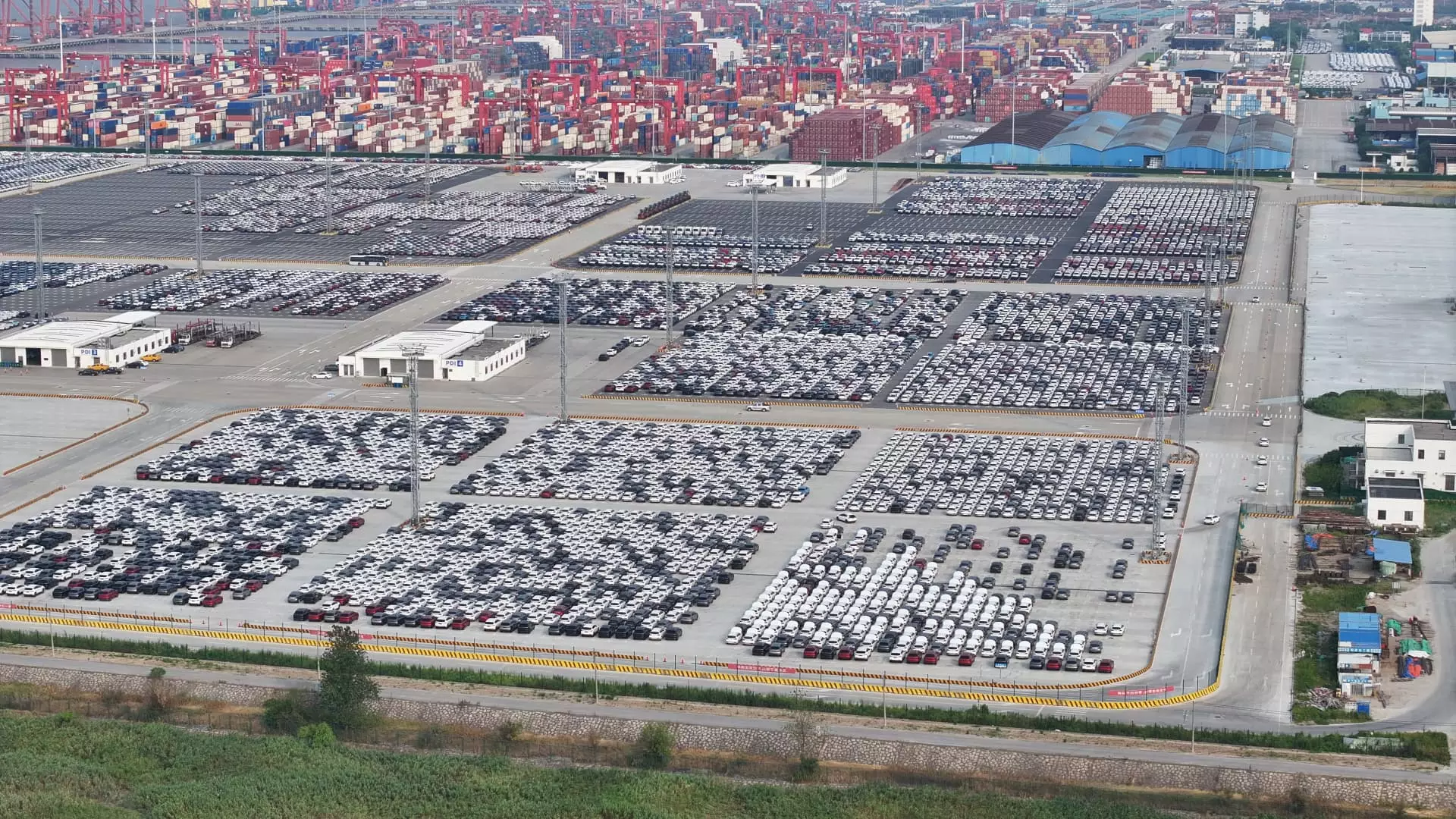China’s latest economic data release has revealed a mixed bag of results for July. While retail sales managed to grow more than expected by 2.7%, industrial production fell short of forecasts with a 5.1% increase. This disparity between the two key sectors of the economy indicates a divergence in consumer demand and manufacturing output, reflecting underlying weaknesses within the economy.
Fixed asset investment for the first seven months of the year also fell below analysts’ expectations, rising by only 3.6% instead of the predicted 3.9%. Within this category, the real estate sector has taken a significant hit, with a year-to-date drop of 10.2% in July. This downward trend in investment signals a lack of confidence among investors, potentially leading to further economic slowdown in the coming months.
The urban unemployment rate in China saw a slight increase to 5.2% in July compared to 5% in June. This rise, attributed to graduation season, points to underlying structural issues within the labor market. Additionally, the official urban unemployment rate for young individuals not in school was a staggering 13.2% in June, highlighting the challenges faced by the youth in finding stable employment opportunities.
The National Bureau of Statistics noted an “adverse impact” from the external environment and insufficient domestic demand on the Chinese economy. This dual pressure has created a challenging economic landscape, forcing the country to rethink its growth strategies and reevaluate its reliance on traditional growth drivers. The need for new, sustainable growth pathways has become increasingly apparent in the face of evolving global economic conditions.
Despite the disappointing economic data, Beijing has refrained from significantly increasing stimulus plans beyond existing policies. The government’s emphasis on achieving annual growth targets of around 5% reflects a commitment to long-term economic stability and development. By focusing on advanced technology and new growth drivers, China aims to navigate through the current challenges and emerge as a stronger, more resilient economy in the future.
The latest economic indicators from China paint a complex picture of the country’s economic landscape. While there are pockets of growth in retail sales, challenges in industrial production, fixed asset investment, and employment raise concerns about the overall health of the economy. The need for structural reforms and policy adjustments has never been more pressing, as China navigates through a turbulent global economic environment. Only time will tell how effectively the country can address these challenges and pave the way for sustainable economic growth in the years to come.

Leave a Reply